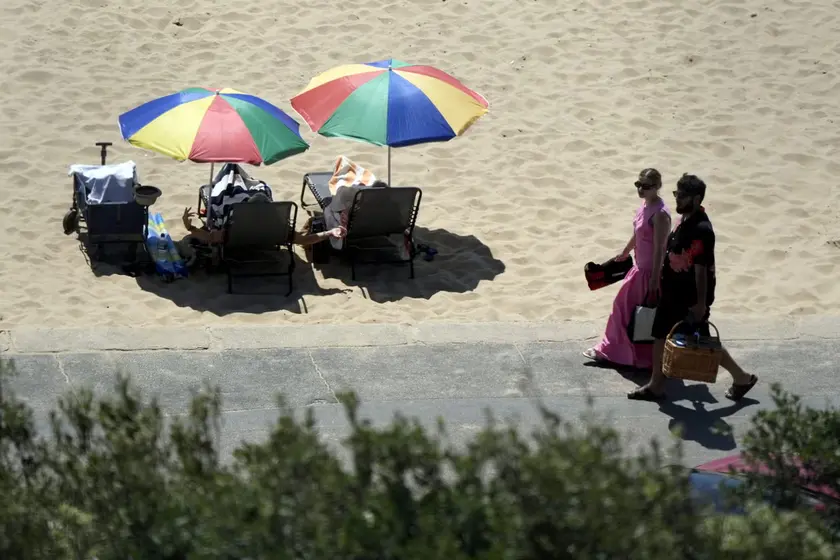T4K3.news
Heat Risk Strains England Low Income and Minority Households
A new study finds the poorest and minority households in England face higher risk of overheating in homes during hotter summers.

A study shows overheating danger falls hardest on poorer and minority communities as summers warm and housing design lags.
Heat Risk Strains England Low Income and Minority Households
A new analysis by the Resolution Foundation finds nearly half of the poorest fifth of English households live in homes at risk of overheating, compared with 17 percent of the richest fifth. Ownership matters: socially rented homes face the highest risk, while owner occupied housing shows lower exposure. The burden also falls more on families with young children and on minority ethnic households, with London showing the highest risk due to urban heat effects. The study combines sensor data from hundreds of homes with housing type and occupancy details to identify where overheating is most likely.
Experts say the findings urge policy makers to look beyond winter warmth and address summer cooling. The government says new rules will reduce overheating in future homes and notes plans to explore air source heat pumps as part of the boiler upgrade scheme. The research also highlights heat exposure at work, with one in four UK workers in jobs prone to heat stress, a risk that peaks for older workers and in deprived areas. Practical fixes include better ventilation, shading, reflective roof coatings, and urban tree planting.
Key Takeaways
"The way we are building new housing is not adequate to the climate change we are already seeing"
Simon McWhirter of the UK Green Building Council on policy gaps
"With the sweltering temperatures seen recently set to become more common we face a greater risk of overheating at home"
Zachary Leather, Resolution Foundation economist
"Learning from countries that have long had higher temperatures including legal rights for maximum workplace temperatures"
Researchers suggesting policy models
"Street trees are a simple and cost effective way to keep homes cool"
Green Building Council on practical fixes
The figures reveal a clear inequality in climate risk that policy has not yet solved. When heat becomes a daily health issue, housing standards must do more than keep cold out in winter. The focus on energy efficiency should include cooling as a core goal. That shift will require money and political will, especially for social renting and densely populated areas where the heat burden is greatest.
Policy makers have a window to align housing, health, and urban planning. If the future homes standard can incorporate overheating protections, and if workplaces extend protections to hotter days, the gap between rich and poor over heat could begin to close. Without action, heat will become a marker of social injustice, not just a weather event.
Highlights
- We need buildings that stay cool when heat rises
- The burden of a hotter climate should not fall on the poorest
- Learning from other countries is not a luxury it is a necessity
- Street trees are a simple and cost effective fix for overheating
Overheating risk tied to budget and inequality
The analysis links higher overheating risk to poverty, social renting, and minority status, raising political and budget questions about housing policy and climate adaptation.
Policy choices made this autumn will shape how many homes stay cool next summer.
Enjoyed this? Let your friends know!
Related News
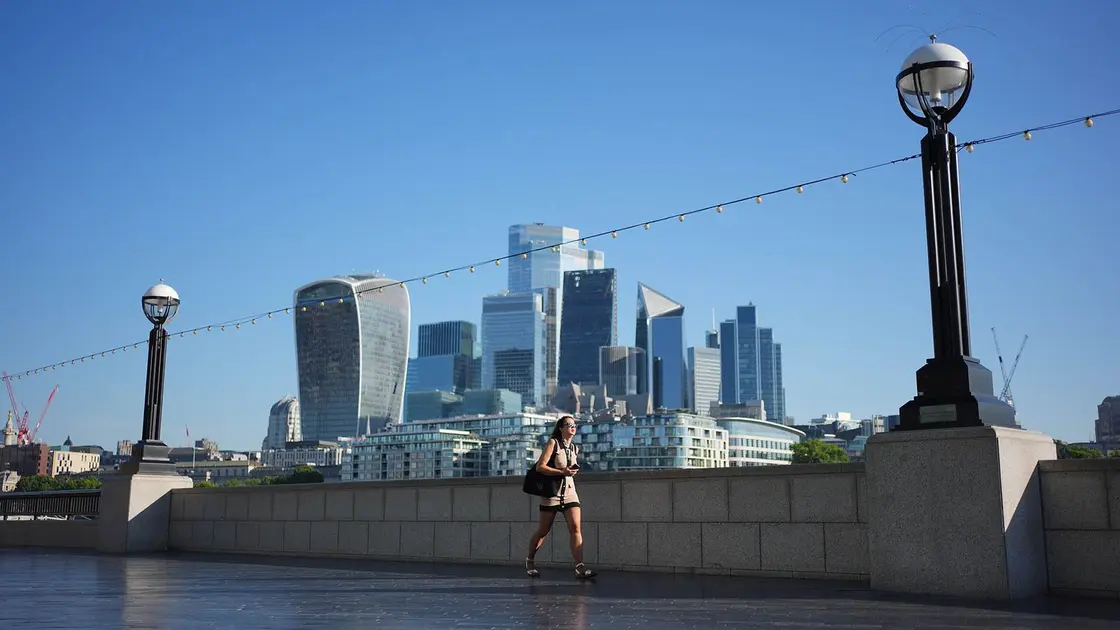
UK heat alert update
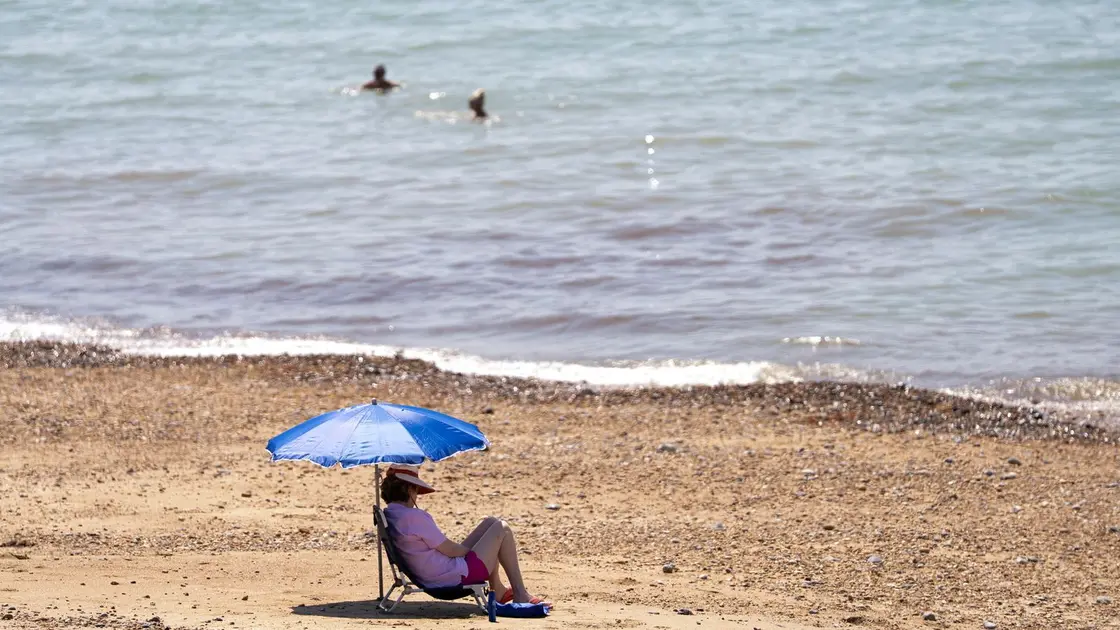
UK faces fourth heatwave
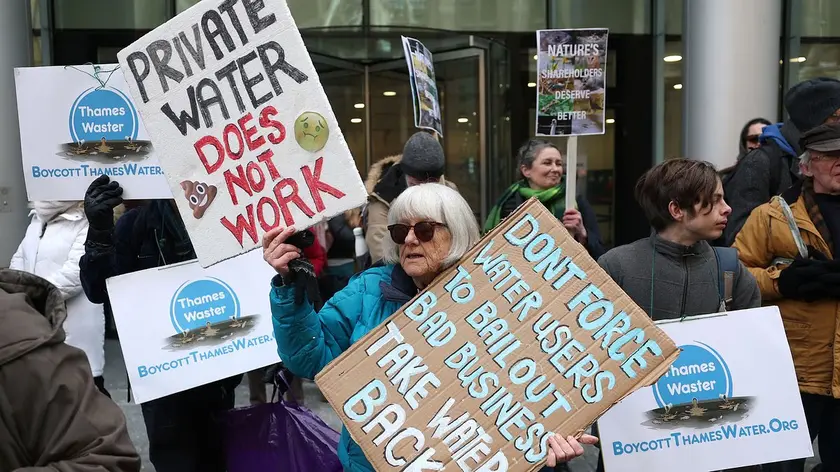
Middle class families face rising water bills

Heat health alert across England warns of higher risk

Back pain affects millions globally

UK drought worsens water shortfall
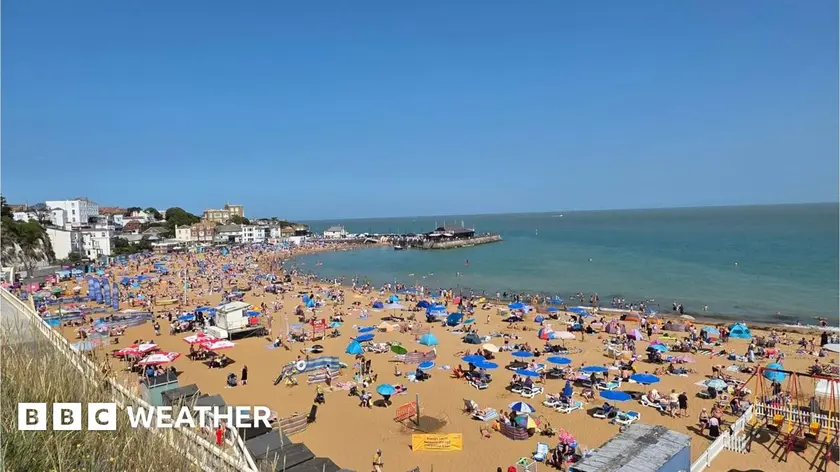
Heat alert updates

Rising costs push restaurants toward a critical moment
